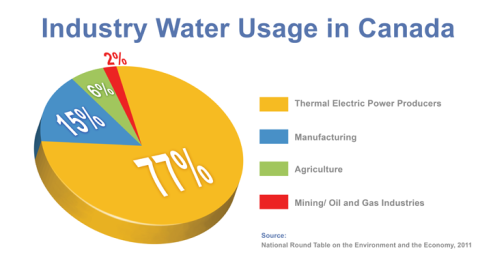
Water is essential for sustaining life, as well as our economy. With less than one percent of the world’s fresh water currently accessible for direct human use, water supplies are now a major global concern impacting not only our daily lives but also our business strategies.
Throughout last week, thousands of individuals had gathered for the 2012 Green Week conference in Brussels and around Europe with the goal of addressing resource efficiency and a focus on the conservation of water, one of our most precious yet scarce resources.
Over the years, Green Week has flourished into the biggest annual conference on European environment policy, and is dedicated its focus this year on assessing the facts and opportunities that water consuming sectors present in order to develop a “coherent approach to maximize the benefits of current policy framework and minimize conflicts between water policy and other policy objectives” as stated by Janez Potočnik, European commissioner for the environment in his welcoming message.
According to a water scarcity fact sheet provided by the European commission, approximately 247,000 million cubic meters of water are annually extracted from ground and surface sources such as lakes and rivers just in the EU. 44% of abstracted water is used by the energy production sector for cooling processes, although most of the water is returned to the source at a slightly higher temperature. An additional 24% of the abstracted water is consumed by the agriculture and food production sectors, 17% for public water supply and 15% percent for industry and manufacturing.
In comparison, Canadian usage of water is more than nine times greater than that of the U.K., and more than double that of a 16-country average, surpassed only by the United States. Canada’s high usage of water can be at least partially attributed to the low cost of water in such a water rich country. In fact, Canada provides 7% of the world’s renewable supply of freshwater and is therefore, under global hydropolitical pressure to export water, while avoiding negative impacts to the ecosystem and reducing domestic water consumption.

Industry is Canada’s largest water user, employing over half of all water used in Canada for cooling machinery, producing energy, cleaning goods, and as a solvent. Thermal electric power producers account for almost 77% of water usage, followed by the manufacturing industry that accounts for 15% of the water used in Canada mainly for the production of pulp and paper, metals and chemical products. The mining, oil and gas industries make use of just 2% of the total water consumed, while the agricultural industry utilizes approximately 6% of all water used in Canada mainly for the purposes of irrigation; however, when accounting for the fact that agricultural use of water is highly inefficient, returning only 30% of water consumed, agriculture represents the largest Canadian consumer of water (National Roundtable on the Environment and Economy, 2011).
The development of processes with increased conservation of water is now more critical than ever for the Canadian industry, and requires a dedication of corporate resources to conduct research and development of more efficient and sustainable methods of production for reduced water and energy consumption. To mediate the costs of research and development of energy efficient industrial production methods, Canada offers one of the most lucrative Scientific Research and Experimental Development (SR&ED) tax incentives around the world allocating over $3 billion to companies in Canada who are creating new or improving existing products and processes.
As one of the highest producers and consumers of water per capita in the world and fueled by generous tax incentives, Canada is optimally positioned to develop the most innovative, efficient and sustainable methods for the conservation of water.
Read more about the SR&ED in various industries